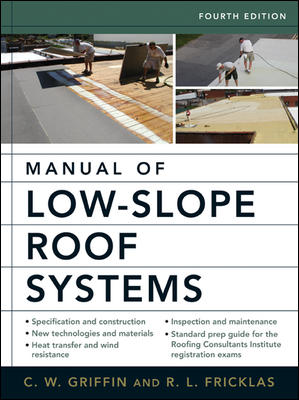Preventing Heat-Related Illnesses and OSHA Fines

With summer weather approaching, commercial and residential roofing contractors should be sure to provide training to temporary and permanent employees on heat-related hazards and to develop and implement a heat-hazard prevention and safety plan.
At a minimum, the heat-hazard training and plan to abate an excessive heat hazard should include: (1) loosely worn reflective clothing; (2) a work/rest regimen; (3) providing water and shade; (4) monitoring employees; and (5) an acclimatization protocol that allows employees to gradually increase time spent in hot conditions and build up tolerance to working in the heat.
In a 2019 case that attracted national attention, Secretary of Labor v. A. H. Sturgill Roofing, Inc., the Occupational Safety and Health Review Commission (OSHRC) discussed potential liability to roofing contractors under the general duty clause for exposing employees to excessive heat. In the two-to-one decision, OSHRC ruled that OSHA failed to prove the conditions at the job site demonstrated the existence of an excessive heat hazard to warrant two OSHA citations issued to Sturgill Roofing following a worker’s death from heat stroke.
Although the OSHRC ultimately found that OSHA failed to prove an excessive heat hazard at the job site, it’s worth using this as a case study and a guide as how to protect your workers and prevent OSHA citations for heat related hazards.
The case originated in August 2012 when A.H. Sturgill Roofing, a commercial roofing contractor in Dayton, Ohio, was reroofing a PNC Bank branch in Miamisburg, Ohio, removing the existing EPDM membrane and Styrofoam insulation. Sturgill Roofing used an 11-person crew, including three temporary employees from a staffing agency. One of the temporary employees, referred to in the case as “MR,” was a 60-year-old man with various preexisting medical conditions, including hepatitis C and congestive heart failure.
When work started, the temperature was approximately 72 degrees Fahrenheit with 84% relative humidity. At around 11:40 a.m., after other employees expressed concern about MR to the foreman, the foreman saw MR walking clumsily, collapse and begin shaking. The temperature at the time was approximately 82 degrees Fahrenheit with 51% relative humidity. Emergency medical personnel responded and transported MR to the hospital, where his core body temperature was measured at 105.4 degrees Fahrenheit. He was diagnosed with heat stroke and died three weeks later. The coroner said MR’s death was caused by complications from heat stroke.
After taking statements from Sturgill Roofing’s foreman and crew and collecting weather data, OSHA issued two “serious” citations to the roofing company in January 2013. The first citation alleged a violation of the general duty clause of the Occupational Health and Safety Act (OSH Act) for exposing full time and temporary employees “to the hazard of excessive heat from working on a commercial roof in the direct sun.”
Because there is no specific OSHA standard governing heat-related hazards, OSHA relies upon the general duty clause of the OSH Act when citing contractors for heat-related hazards. To prove a violation of the general duty clause, the Secretary of Labor must establish: (1) a condition or activity in the workplace presented a hazard; (2) the employer or its industry recognized the hazard; (3) the hazard was causing or likely to cause death or serious physical harm; and (4) a feasible and effective means existed to eliminate or materially reduce the hazard.
The principal issues in the Sturgill Roofing case were if weather conditions at the jobsite presented an excessive heat hazard and whether abatement measures to reduce a heat hazard were taken. The discussion of whether there was an excessive heat hazard to invoke the general duty clause focused on the National Oceanographic and Atmospheric Administration’s National Weather Service (NWS) heat advisory chart. The NWS chart calculates a “heat index” and the likelihood of heat disorders with “prolonged exposure” or “strenuous activity” based on temperature and relative humidity, measuring “how hot it really feels when relative humidity is factored in with the actual air temperature.”
The case highlights the importance of looking to the NWS heat index chart to assess whether the temperature, humidity, and weather at any given project at any given day will be in the “caution,” “extreme caution,” “danger” or “extreme danger” warning levels based on ambient temperature and relative humidity.
Although OSHA does not have a specific standard that covers working in hot environments, roofing contractors have a duty to protect works from recognized serious heat related hazards. At a minimum, every roofing contractor should have in place heat-hazard training and a plan to abate an excessive heat hazard. Doing so will not only protect your workers from heat-related illness, but also protect you from unnecessary and preventable OSHA citations and fines.
Looking for a reprint of this article?
From high-res PDFs to custom plaques, order your copy today!






